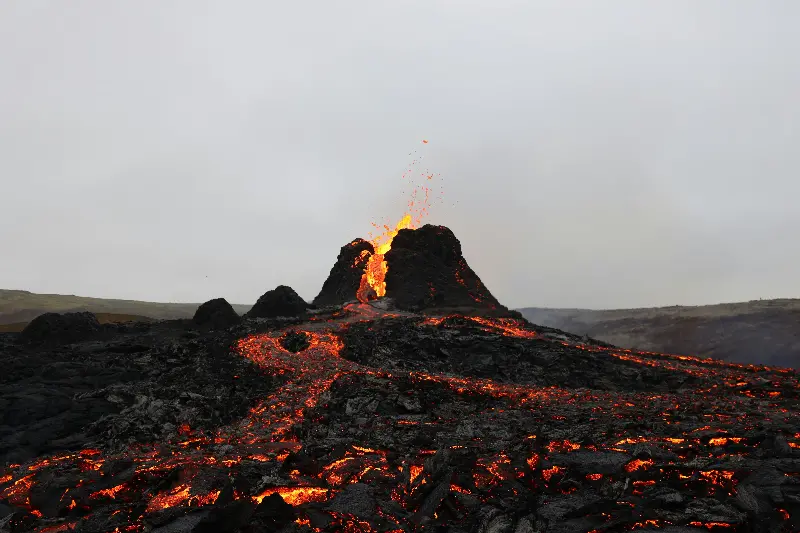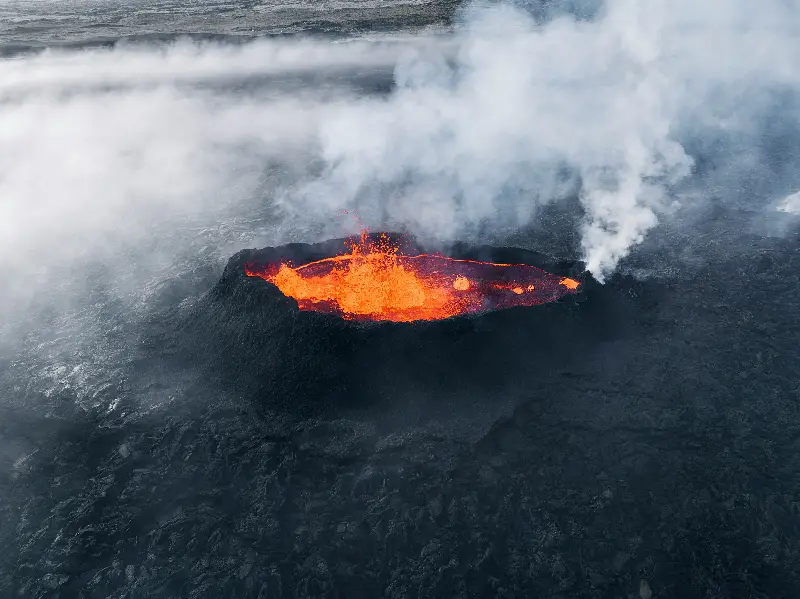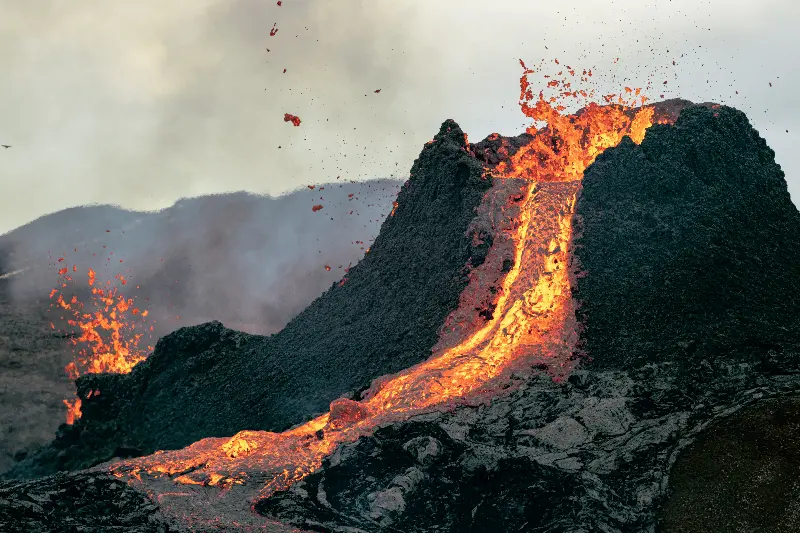Towering plumes of smoke, glowing rivers of molten rock, and the earth-shaking roar of eruptions—volcanoes are some of nature’s most awe-inspiring spectacles. For centuries, these fiery powerhouses have captured human fascination and ignited curiosity about what simmers beneath our feet. But there’s much more to volcanoes than just their explosive outbursts. Dive into the world of volcanoes and discover the secrets and sensational science that make them such a vital part of our planet’s dynamic story.

Fiery Origins: Where Volcanoes Come From
Most people know volcanoes as mountains that erupt with lava, but their story begins deep within the Earth. Volcanoes are born where the planet’s immense internal heat meets the surface. They most often form along tectonic plate boundaries—the gigantic puzzle pieces that make up Earth’s crust. When these plates pull apart or collide, molten rock called magma finds a path upward. This magma collects in chambers and, under the right conditions, bursts through the surface as lava.
Not all volcanoes look alike. Some, like the majestic Mount Fuji in Japan, are classic cone-shaped stratovolcanoes formed by layers of ash and lava. Others, like Hawaii’s Mauna Loa, are sprawling shield volcanoes with gentle slopes built by countless fluid lava flows. There are also underwater volcanoes called seamounts and even ice-covered “cryovolcanoes” on distant moons like Saturn’s Enceladus. The diversity of volcanoes around the world and beyond is a testament to the creative and destructive power of planetary forces.
Hidden Mysteries Beneath the Surface
What lies beneath a volcano might surprise you. Magma chambers, the “hearts” of volcanoes, can be miles below ground, filled with searing-hot molten rock. Some of these chambers can remain dormant for thousands of years before stirring to life. The chemistry of magma—whether it’s sticky and thick like honey, or more fluid like syrup—determines what kind of eruption a volcano may unleash.
Interestingly, not all volcanic eruptions are explosive. Some volcanoes “ooze” lava slowly, creating new land and reshaping coastlines without much fanfare. Others unleash catastrophic blasts, like the legendary eruption of Krakatoa in 1883, which produced shockwaves that circled the globe multiple times.
Hidden beneath some volcanic craters are otherworldly lakes of molten lava, known as lava lakes. Only a few of these rare features exist today, such as at Mount Nyiragongo in the Democratic Republic of Congo. These glowing cauldrons offer a glimpse into the raw power waiting just below the Earth’s crust.

Volcanoes and Human Civilization
Although volcanoes can pose serious threats to communities, they have also given rise to some of the world’s richest cultures and most fertile landscapes. Civilizations have long flourished on volcanic soil, which is packed with nutrients thanks to minerals from ancient eruptions. The ash discovered in the ruins of Pompeii, for instance, helped preserve the past and provided a scientific time capsule of daily Roman life.
Volcanoes have also played a role in mythology and religion. In Hawaiian legend, the volcano goddess Pele is said to reside in the fiery summit of Kilauea, commanding respect and awe from all who live nearby. Today, millions of people live in the shadow of active volcanoes, embracing both their beauty and their dangers.
Environmental Marvels and Hazards
From a scientific perspective, volcanoes do much more than create dramatic scenery. They shape our atmosphere and climate. During massive eruptions, volcanoes can eject vast quantities of ash and gases like sulfur dioxide high into the stratosphere, reflecting sunlight and temporarily cooling global temperatures. The infamous eruption of Mount Tambora in 1815 led to the “year without a summer,” causing crop failures and food shortages around the world.
Yet, volcanoes are also keys to life. Hydrothermal vents—underwater volcanic systems teeming with superheated water—host unique ecosystems without sunlight, supporting bizarre life forms that thrive on chemicals rather than photosynthesis. Scientists study these vents to unlock clues about life’s origins on Earth and the possibility of alien life in our solar system.

Volcanoes and the Future
Thanks to advances in technology, researchers are now better equipped than ever to monitor volcanoes for signs of unrest. Instruments can detect subtle ground movements, gas emissions, and rumblings deep underground that signal when a volcano may be about to awaken. While predicting the exact timing of eruptions remains a major challenge, early warning systems save countless lives.
Volcanoes will always be unpredictable, but understanding their behavior is critical in our ever-changing world. Moreover, as Earth’s population grows and communities expand toward volcanic regions, learning to coexist with these fiery neighbors becomes increasingly important.
From shaping landscapes to influencing weather and providing windows into our planet’s inner workings, volcanoes are much more than natural disasters—they are creators, destroyers, and windows into the heart of the Earth itself. The more we learn about them, the more we realize that the true power of volcanoes lies not just in their eruptions, but in their timeless ability to inspire wonder.
